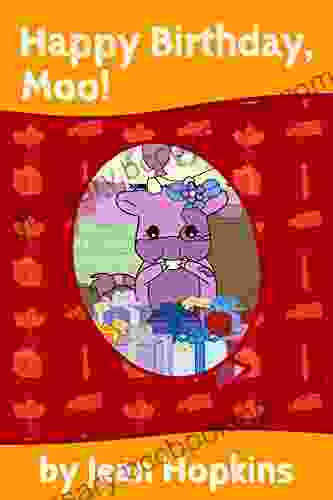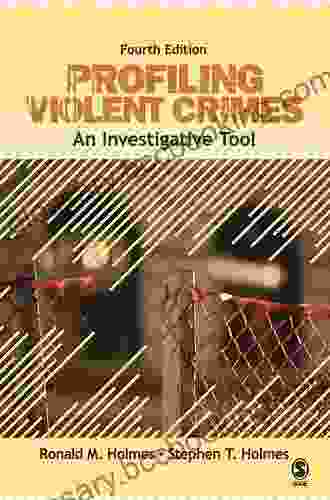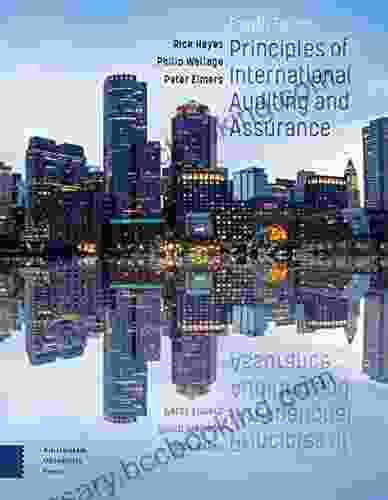Understanding Waldorf Education: Teaching From The Inside Out

An to the Waldorf Approach
Nestled amidst a tranquil landscape of rolling hills and vibrant gardens, Waldorf schools invite children into a unique educational experience that transcends mere academic instruction. Guided by the profound insights of Rudolf Steiner, Waldorf education places paramount importance on the holistic development of the child, nurturing their physical, emotional, intellectual, and spiritual well-being.
4.6 out of 5
| Language | : | English |
| File size | : | 3260 KB |
| Text-to-Speech | : | Enabled |
| Screen Reader | : | Supported |
| Enhanced typesetting | : | Enabled |
| Word Wise | : | Enabled |
| Print length | : | 162 pages |
"Education is not just about filling a child's head with facts," said Steiner, the visionary behind Waldorf education. "It is about awakening their hearts and minds."
This philosophy permeates every aspect of Waldorf education, from the curriculum to the classroom environment. Teachers serve as facilitators, guiding children through a journey of self-discovery and critical thinking. The emphasis is on fostering creativity, imagination, and cooperation, allowing children to blossom into well-rounded individuals with a deep connection to themselves and the world around them.
Core Principles of Waldorf Education
The Waldorf approach is founded on a set of core principles that shape its educational philosophy and practices:
- The wholeness of the child: Waldorf education recognizes that children are multifaceted beings with unique needs and abilities. It seeks to nurture their physical, emotional, intellectual, and spiritual development in an integrated manner.
- The importance of the arts: Creativity and imagination are central to Waldorf education. Artistic activities, such as painting, music, and movement, are interwoven into the curriculum to foster children's self-expression and cognitive development.
- Experiential learning: Waldorf education emphasizes hands-on, experiential learning. Children are encouraged to explore their surroundings, engage in practical activities, and develop a deep connection with the natural world.
- Individuality: Waldorf teachers recognize and respect each child's unique developmental journey. They adapt the curriculum to meet the individual needs of their students, fostering their strengths and supporting areas of growth.
- Connection to nature: Waldorf schools often integrate gardening, farming, and nature walks into their curriculum. Children are encouraged to connect with the natural world and develop an appreciation for its beauty and interconnectedness.
The Pedagogical Methods of Waldorf Education
Waldorf teachers employ a diverse range of pedagogical methods that align with the core principles of the approach:
- Play-based learning: Waldorf education recognizes the importance of play in fostering children's imagination and social development. Ample time is dedicated to imaginative play and creative activities.
- Storytelling and mythology: Storytelling is a powerful tool in Waldorf education. Teachers narrate age-appropriate tales that ignite children's imaginations and connect them to their cultural heritage and the human experience.
- Artistic activities: Art, music, and movement are integrated into the curriculum to nurture children's creativity and self-expression. These activities also enhance cognitive development and fine motor skills.
- Practical activities: Waldorf schools often incorporate practical activities such as gardening, cooking, and woodworking into their curriculum. These activities foster children's independence, problem-solving skills, and connection to the natural world.
- Field trips and excursions: Field trips and excursions are an integral part of Waldorf education. Children explore their surroundings, engage with nature, and learn about different cultures and perspectives.
The Transformative Impact of Waldorf Education
The Waldorf approach has a profound and lasting impact on the lives of children. Research has shown that Waldorf graduates exhibit a number of positive outcomes, including:
- Strong academic performance: Waldorf graduates consistently perform well in standardized testing and higher education.
- Exceptional creativity and problem-solving skills: Waldorf education nurtures children's creativity and problem-solving abilities, equipping them with the tools to thrive in an ever-changing world.
- Well-rounded development: Waldorf graduates are known for their well-rounded development, exhibiting balance in their physical, emotional, intellectual, and spiritual well-being.
- A deep connection to nature: Waldorf education fosters a deep appreciation for the natural world and its interconnectedness, inspiring children to become responsible stewards of the environment.
- Lifelong learning and self-discovery: Waldorf education ignites a passion for lifelong learning and self-discovery. Graduates leave school with a strong sense of self and a desire to continue their educational and personal growth.
Becoming a Waldorf Teacher
For those seeking to embark on a transformative journey as a Waldorf teacher, specialized training is essential. Waldorf teacher training programs typically span two to four years and provide a comprehensive grounding in the philosophy, pedagogical methods, and curriculum of Waldorf education.
4.6 out of 5
| Language | : | English |
| File size | : | 3260 KB |
| Text-to-Speech | : | Enabled |
| Screen Reader | : | Supported |
| Enhanced typesetting | : | Enabled |
| Word Wise | : | Enabled |
| Print length | : | 162 pages |
Do you want to contribute by writing guest posts on this blog?
Please contact us and send us a resume of previous articles that you have written.
 Book
Book Novel
Novel Page
Page Chapter
Chapter Text
Text Story
Story Genre
Genre Reader
Reader Library
Library Paperback
Paperback E-book
E-book Magazine
Magazine Newspaper
Newspaper Paragraph
Paragraph Sentence
Sentence Bookmark
Bookmark Shelf
Shelf Glossary
Glossary Bibliography
Bibliography Foreword
Foreword Preface
Preface Synopsis
Synopsis Annotation
Annotation Footnote
Footnote Manuscript
Manuscript Scroll
Scroll Codex
Codex Tome
Tome Bestseller
Bestseller Classics
Classics Library card
Library card Narrative
Narrative Biography
Biography Autobiography
Autobiography Memoir
Memoir Reference
Reference Encyclopedia
Encyclopedia Jiichi Watanabe
Jiichi Watanabe James Hamblin
James Hamblin James F Twyman
James F Twyman Michael R Ange
Michael R Ange James Ford Rhodes
James Ford Rhodes James Tate Hill
James Tate Hill James Edmonds
James Edmonds James O Prochaska
James O Prochaska Richard Spilsbury
Richard Spilsbury Kenichi Sonoda
Kenichi Sonoda Jack Jones
Jack Jones Jamie Blackett
Jamie Blackett James Hawk
James Hawk Steve Michalik
Steve Michalik James Craig
James Craig Tammy Wylie
Tammy Wylie Jack S Katz
Jack S Katz Jack Hartnell
Jack Hartnell Priscilla Kohutek
Priscilla Kohutek James Dashner
James Dashner
Light bulbAdvertise smarter! Our strategic ad space ensures maximum exposure. Reserve your spot today!

 Vladimir NabokovUnlock Your Financial Literacy Journey with CLEP Financial Accounting by...
Vladimir NabokovUnlock Your Financial Literacy Journey with CLEP Financial Accounting by...
 George R.R. MartinUnlock Reading Success with the Ultimate Sight Words Flash Card Booklet
George R.R. MartinUnlock Reading Success with the Ultimate Sight Words Flash Card Booklet Kirk HayesFollow ·15.5k
Kirk HayesFollow ·15.5k Allen GinsbergFollow ·7.9k
Allen GinsbergFollow ·7.9k Justin BellFollow ·10.9k
Justin BellFollow ·10.9k Philip BellFollow ·19.4k
Philip BellFollow ·19.4k George Bernard ShawFollow ·15.6k
George Bernard ShawFollow ·15.6k Pat MitchellFollow ·17.4k
Pat MitchellFollow ·17.4k Carlos DrummondFollow ·4.1k
Carlos DrummondFollow ·4.1k Neal WardFollow ·10.8k
Neal WardFollow ·10.8k

 Douglas Adams
Douglas AdamsGingerbread Friends by Jan Brett
A Magical Tale for the Holidays Jan Brett's...

 Joseph Foster
Joseph FosterHappy Birthday Moo Moo Family: A Delightful Tale for Kids...
Celebrate the Bonds of Family with...

 Demetrius Carter
Demetrius CarterUncover the Enchanting Tapestry of New Delhi: A Visual...
New Delhi, India's vibrant capital, is a...

 W.B. Yeats
W.B. YeatsUnveiling the Power of Lean UX: A Comprehensive Review of...
In the rapidly evolving world...
4.6 out of 5
| Language | : | English |
| File size | : | 3260 KB |
| Text-to-Speech | : | Enabled |
| Screen Reader | : | Supported |
| Enhanced typesetting | : | Enabled |
| Word Wise | : | Enabled |
| Print length | : | 162 pages |












